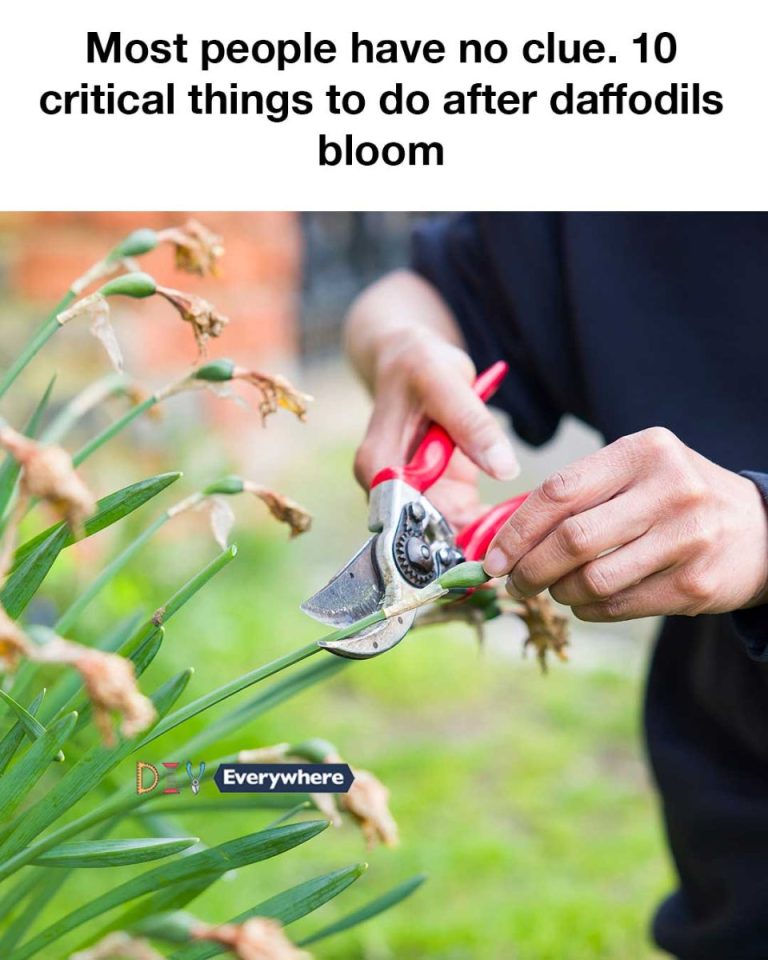Daffodils are a beloved symbol of spring, their bright blooms heralding the end of winter and the start of warmer days. However, the care for daffodils doesn’t end once their flowers fade. Post-bloom care is crucial for ensuring that these bulbs return year after year, even more vibrant than before.
Proper maintenance after blooming not only strengthens the bulbs but also prepares them for the next growing season. By understanding and implementing a few critical steps, gardeners can enjoy a flourishing daffodil display for many springs to come.
1. Deadheading: The Art of Removing Spent Blooms
Deadheading is the process of removing faded or dead flowers from plants. For daffodils, this is a vital step as it prevents the plant from expending energy on seed production. Instead, the energy is redirected back into the bulb, fortifying it for next year’s growth. To deadhead daffodils, simply snip off the flower heads once they start to wilt, being careful not to cut the leaves, as they are essential for photosynthesis.
2. Fertilizing: Nourishing the Bulbs for Next Season
After daffodils bloom, they require nutrients to replenish the energy spent during flowering. Applying a balanced, slow-release fertilizer can provide the necessary nutrients. It’s best to fertilize right after blooming, as this is when the bulbs are actively storing energy for the next season. A fertilizer high in phosphorus and potassium will support root development and overall plant health.
3. Watering: Ensuring Adequate Moisture Levels
While daffodils are relatively drought-tolerant, they still need adequate moisture after blooming to support bulb development. Ensure that the soil remains consistently moist but not waterlogged. Overwatering can lead to bulb rot, so it’s important to monitor rainfall and adjust watering accordingly. A good rule of thumb is to water deeply once a week if there is no significant rainfall.
4. Mulching: Protecting and Insulating the Soil
Mulching is an effective way to retain soil moisture, suppress weeds, and regulate soil temperature. After daffodils have bloomed, apply a layer of organic mulch, such as shredded bark or compost, around the base of the plants. This not only protects the bulbs but also enriches the soil as the mulch breaks down over time.
next page
